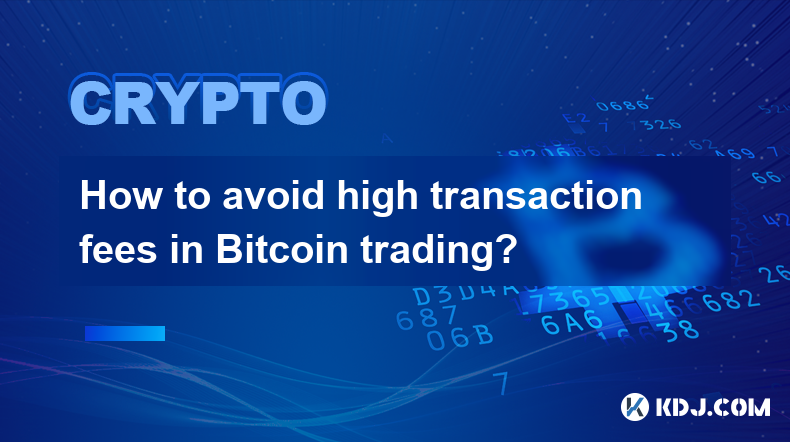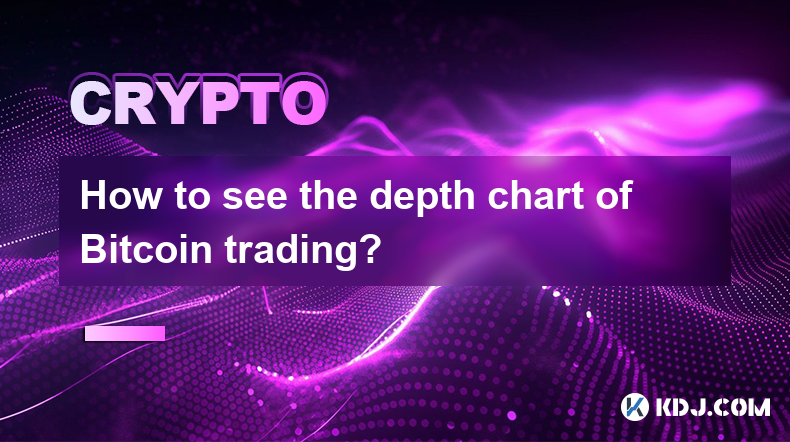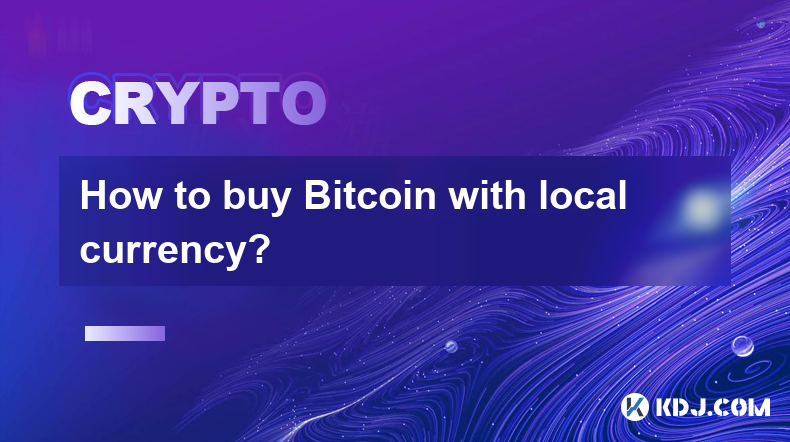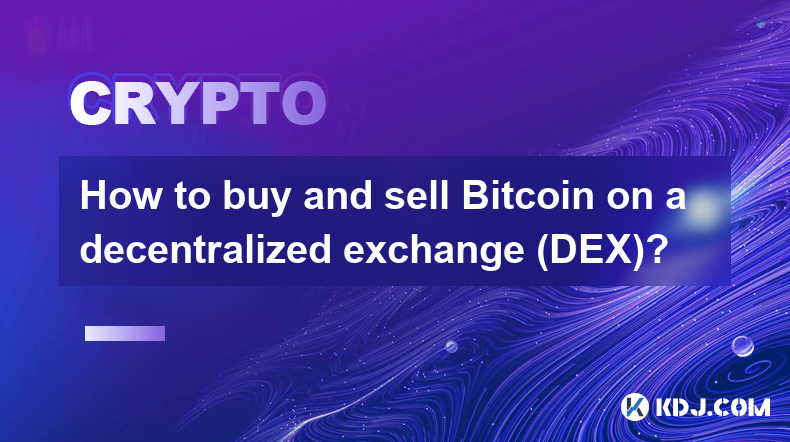-
 Bitcoin
Bitcoin $84,912.1002
0.22% -
 Ethereum
Ethereum $1,597.4099
0.99% -
 Tether USDt
Tether USDt $1.0000
0.00% -
 XRP
XRP $2.0848
1.56% -
 BNB
BNB $592.5467
0.52% -
 Solana
Solana $138.6661
3.38% -
 USDC
USDC $1.0000
0.02% -
 Dogecoin
Dogecoin $0.1597
3.32% -
 TRON
TRON $0.2416
-1.86% -
 Cardano
Cardano $0.6327
3.32% -
 UNUS SED LEO
UNUS SED LEO $9.2836
0.56% -
 Chainlink
Chainlink $12.7262
1.41% -
 Avalanche
Avalanche $19.2768
1.31% -
 Stellar
Stellar $0.2442
1.08% -
 Toncoin
Toncoin $2.9950
1.32% -
 Shiba Inu
Shiba Inu $0.0...01231
4.65% -
 Hedera
Hedera $0.1668
2.11% -
 Sui
Sui $2.1474
1.41% -
 Bitcoin Cash
Bitcoin Cash $337.5269
2.68% -
 Hyperliquid
Hyperliquid $17.5726
3.68% -
 Polkadot
Polkadot $3.7336
2.05% -
 Litecoin
Litecoin $76.5245
1.70% -
 Dai
Dai $1.0001
0.02% -
 Bitget Token
Bitget Token $4.4585
2.30% -
 Ethena USDe
Ethena USDe $0.9993
0.01% -
 Pi
Pi $0.6558
7.05% -
 Monero
Monero $214.1926
-0.69% -
 Uniswap
Uniswap $5.2567
1.90% -
 Pepe
Pepe $0.0...07325
4.28% -
 OKB
OKB $50.6926
1.82%
What does leverage mean in Bitcoin trading?
Leverage in Bitcoin trading lets traders amplify potential returns by borrowing funds, but it also increases risk of significant losses and margin calls.
Apr 17, 2025 at 02:56 pm

What does leverage mean in Bitcoin trading?
Leverage in Bitcoin trading refers to the use of borrowed funds to increase the potential return on an investment. In the context of cryptocurrency trading, leverage allows traders to open positions that are larger than their actual capital, thereby amplifying both potential gains and losses. This concept is crucial for traders looking to maximize their exposure to Bitcoin's price movements without committing a large amount of their own capital.
How Leverage Works in Bitcoin Trading
Leverage is expressed as a ratio, such as 2:1, 10:1, or even 100:1. This ratio indicates how much larger the position size can be compared to the trader's initial investment. For example, with a 10:1 leverage, a trader can control a position worth $10,000 with just $1,000 of their own money. The remaining $9,000 is borrowed from the trading platform or broker.
When a trader uses leverage, they are essentially taking out a loan to increase their trading power. If the price of Bitcoin moves in the trader's favor, the profits are calculated based on the total position size, not just the initial investment. However, if the price moves against the trader, the losses are also magnified, and the trader may be required to deposit additional funds to maintain the position, a process known as a margin call.
Types of Leverage in Bitcoin Trading
There are primarily two types of leverage used in Bitcoin trading: isolated leverage and cross leverage.
Isolated Leverage: With isolated leverage, the borrowed funds are allocated to a specific trading position. If the position is liquidated, only the funds allocated to that position are at risk. This type of leverage allows traders to limit their exposure to a single trade.
Cross Leverage: In contrast, cross leverage uses the entire account balance as collateral for all open positions. This means that if one position is liquidated, it can affect other positions in the account. Cross leverage can be riskier but also allows for more flexibility in managing multiple trades.
Risks and Benefits of Using Leverage
Using leverage in Bitcoin trading comes with both significant benefits and risks. The primary benefit is the potential for higher returns. By controlling a larger position with a smaller amount of capital, traders can amplify their profits if the market moves in their favor.
However, the primary risk is the potential for substantial losses. Since leverage magnifies both gains and losses, a small adverse price movement can result in significant financial loss. Additionally, traders must be aware of the possibility of margin calls, where they are required to deposit more funds to keep their positions open.
How to Use Leverage in Bitcoin Trading
To use leverage in Bitcoin trading, traders typically follow these steps:
Choose a Trading Platform: Select a reputable cryptocurrency exchange or trading platform that offers leveraged trading. Popular platforms include Binance, BitMEX, and Kraken.
Fund Your Account: Deposit the required amount of capital into your trading account. This will serve as the initial margin for your leveraged positions.
Select the Leverage Ratio: Decide on the leverage ratio you want to use. Higher leverage ratios offer greater potential returns but also come with increased risk.
Open a Position: Use the trading platform's interface to open a leveraged position. Specify the amount of Bitcoin you want to trade and the direction of your trade (long or short).
Monitor and Manage Your Position: Keep a close eye on the market and your open positions. Be prepared to add more funds if a margin call occurs or to close your position if the market moves against you.
Understanding Margin and Liquidation
Margin is the amount of capital required to open and maintain a leveraged position. It acts as a security deposit to cover potential losses. The margin requirement varies depending on the leverage ratio and the trading platform's policies.
Liquidation occurs when the value of a trader's position falls below the maintenance margin level. At this point, the trading platform automatically closes the position to prevent further losses. Understanding the liquidation process is crucial for managing risk when using leverage.
Frequently Asked Questions
Q: Can I use leverage to trade other cryptocurrencies besides Bitcoin?
A: Yes, many trading platforms offer leverage for a variety of cryptocurrencies, not just Bitcoin. The availability of leverage for different cryptocurrencies can vary depending on the platform.
Q: Is there a maximum amount of leverage I can use in Bitcoin trading?
A: The maximum leverage available can vary significantly between trading platforms. Some platforms offer leverage as high as 100:1, while others may have lower limits. It's important to check the specific policies of the platform you are using.
Q: How can I reduce the risks associated with using leverage in Bitcoin trading?
A: To reduce risks, consider using lower leverage ratios, setting stop-loss orders to limit potential losses, and maintaining a diversified portfolio. Additionally, always ensure you have enough capital to cover potential margin calls.
Q: What happens if I cannot meet a margin call?
A: If you cannot meet a margin call, your position may be liquidated by the trading platform. This means your position will be closed at the current market price, and any remaining funds in your account will be used to cover the losses. It's crucial to monitor your positions closely and be prepared to add funds if necessary.
Disclaimer:info@kdj.com
The information provided is not trading advice. kdj.com does not assume any responsibility for any investments made based on the information provided in this article. Cryptocurrencies are highly volatile and it is highly recommended that you invest with caution after thorough research!
If you believe that the content used on this website infringes your copyright, please contact us immediately (info@kdj.com) and we will delete it promptly.
- Ethena Labs Unveils Converge, a New Layer-1 Blockchain Targeting Tokenized Real-World Assets
- 2025-04-19 12:20:14
- FBI Releases Five Warnings to Help Protect Investors in the Cryptocurrency Space
- 2025-04-19 12:20:14
- Today, the Official Trump ($TRUMP) meme coin tokens have been unlocked, sparking panic among investors.
- 2025-04-19 12:15:14
- Dogecoin (DOGE) Price Prediction: Will the Original Memecoin Reach $1 by Late Summer 2025?
- 2025-04-19 12:15:14
- Resilience is a Distinct Attribute of Solana
- 2025-04-19 12:10:13
- Astar Network Adjusts Its Token Issuance Model to Stabilize APY and Reduce Inflation
- 2025-04-19 12:10:13
Related knowledge

How to buy and sell Bitcoin using a P2P platform?
Apr 18,2025 at 05:57pm
Buying and selling Bitcoin using a P2P (peer-to-peer) platform can be an efficient way to trade cryptocurrencies directly with other individuals. This method offers flexibility, often lower fees, and the ability to use various payment methods. In this article, we will walk through the process of buying and selling Bitcoin on a P2P platform, ensuring you...

How to avoid high transaction fees in Bitcoin trading?
Apr 18,2025 at 12:14am
How to Avoid High Transaction Fees in Bitcoin Trading? Bitcoin trading can be exciting, but high transaction fees can quickly erode your profits. Understanding how to minimize these fees is crucial for any trader looking to maximize their returns. In this article, we will explore various strategies and techniques to help you avoid high transaction fees ...

How to see the depth chart of Bitcoin trading?
Apr 17,2025 at 08:36am
Understanding the depth chart of Bitcoin trading is crucial for any serious cryptocurrency trader. The depth chart provides a visual representation of the supply and demand for Bitcoin at various price levels, helping traders make informed decisions about when to buy or sell. In this article, we will guide you through the process of accessing and interp...

How to buy Bitcoin with local currency?
Apr 18,2025 at 01:22am
Buying Bitcoin with local currency is a straightforward process that allows you to enter the world of cryptocurrencies using your familiar fiat money. Whether you are a beginner or an experienced investor, understanding the steps to acquire Bitcoin with your local currency can help you make informed decisions and manage your investments effectively. In ...

What is the Lightning Network in Bitcoin trading?
Apr 19,2025 at 02:35am
The Lightning Network is a second-layer scaling solution designed to enhance the speed and efficiency of Bitcoin transactions. It operates as an off-chain network that allows users to conduct multiple transactions without the need to settle each one individually on the Bitcoin blockchain. This significantly reduces transaction fees and speeds up the pro...

How to buy and sell Bitcoin on a decentralized exchange (DEX)?
Apr 18,2025 at 02:42am
Buying and selling Bitcoin on a decentralized exchange (DEX) offers a different experience compared to traditional centralized exchanges. DEXs provide more privacy and control over your funds, as they allow you to trade directly with other users without an intermediary. This guide will walk you through the process of buying and selling Bitcoin on a DEX,...

How to buy and sell Bitcoin using a P2P platform?
Apr 18,2025 at 05:57pm
Buying and selling Bitcoin using a P2P (peer-to-peer) platform can be an efficient way to trade cryptocurrencies directly with other individuals. This method offers flexibility, often lower fees, and the ability to use various payment methods. In this article, we will walk through the process of buying and selling Bitcoin on a P2P platform, ensuring you...

How to avoid high transaction fees in Bitcoin trading?
Apr 18,2025 at 12:14am
How to Avoid High Transaction Fees in Bitcoin Trading? Bitcoin trading can be exciting, but high transaction fees can quickly erode your profits. Understanding how to minimize these fees is crucial for any trader looking to maximize their returns. In this article, we will explore various strategies and techniques to help you avoid high transaction fees ...

How to see the depth chart of Bitcoin trading?
Apr 17,2025 at 08:36am
Understanding the depth chart of Bitcoin trading is crucial for any serious cryptocurrency trader. The depth chart provides a visual representation of the supply and demand for Bitcoin at various price levels, helping traders make informed decisions about when to buy or sell. In this article, we will guide you through the process of accessing and interp...

How to buy Bitcoin with local currency?
Apr 18,2025 at 01:22am
Buying Bitcoin with local currency is a straightforward process that allows you to enter the world of cryptocurrencies using your familiar fiat money. Whether you are a beginner or an experienced investor, understanding the steps to acquire Bitcoin with your local currency can help you make informed decisions and manage your investments effectively. In ...

What is the Lightning Network in Bitcoin trading?
Apr 19,2025 at 02:35am
The Lightning Network is a second-layer scaling solution designed to enhance the speed and efficiency of Bitcoin transactions. It operates as an off-chain network that allows users to conduct multiple transactions without the need to settle each one individually on the Bitcoin blockchain. This significantly reduces transaction fees and speeds up the pro...

How to buy and sell Bitcoin on a decentralized exchange (DEX)?
Apr 18,2025 at 02:42am
Buying and selling Bitcoin on a decentralized exchange (DEX) offers a different experience compared to traditional centralized exchanges. DEXs provide more privacy and control over your funds, as they allow you to trade directly with other users without an intermediary. This guide will walk you through the process of buying and selling Bitcoin on a DEX,...
See all articles























































































